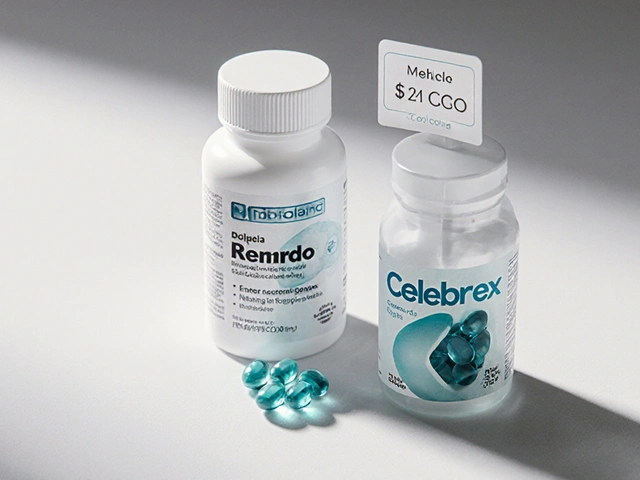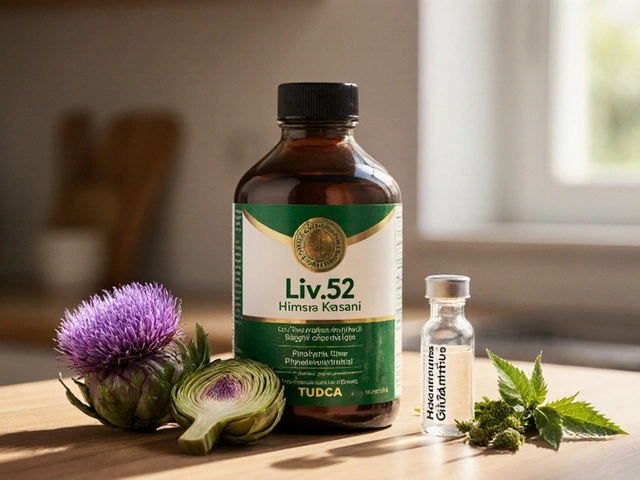Prescription Steroid Creams: What They Are and When You Need One
If a rash, eczema, or psoriasis is acting up, your doctor might hand you a prescription steroid cream. These are stronger than over‑the‑counter moisturizers and are meant to calm inflammation fast. Think of them as a short‑term boost that tells your skin to stop itching, swelling, and redness.
Because they’re powerful, you shouldn’t treat them like a regular lotion. Using them the wrong way can cause thinning skin, stretch marks, or even raise your risk of infection. That’s why it’s key to know the basics before you start a new tube.
How Prescription Steroid Creams Work
Topical steroids contain a synthetic version of cortisol, a hormone your body makes to control inflammation. When you apply the cream, it penetrates the outer layer of skin and tells immune cells to back off. The result is less swelling, less itch, and faster healing.
Strength matters. Creams come in low, mid, and high potency. Low‑potency ones are good for sensitive areas like the face, while high‑potency formulas are saved for stubborn patches on elbows or knees. Your doctor picks the strength based on where the problem is and how severe it looks.
Safe Use and Common Pitfalls
First, follow the exact amount your doctor says. A thin, pea‑size layer is usually enough; more isn’t better and can increase side effects. Apply it to clean, dry skin and give it a minute to soak in before putting on clothing.
Don’t use the cream for longer than prescribed. Most courses last two to four weeks. If you need ongoing relief, your doctor may suggest a lower‑strength maintenance plan instead of staying on high potency.
Watch for red‑flag signs: skin that gets thin, starts to bleed, or shows new stretch marks. Also, avoid using steroid creams on open wounds or fungal infections unless your doctor specifically says it’s safe.
When you finish a tube, don’t just toss it. If you have leftover medication, ask the pharmacy about proper disposal. Keeping unused steroid cream around can tempt you to reuse it without a fresh prescription.
Finally, if the rash returns right after you stop, call your doctor. It might need a different approach, such as a short steroid “pulse” followed by a gentle moisturizer, or an alternative medication.
Prescription steroid creams are a handy tool when used right. By knowing how they work, sticking to the dosage, and watching for side effects, you can get relief without the unwanted fallout. Have any doubts? Your pharmacist or skin specialist is a great resource for quick answers.






